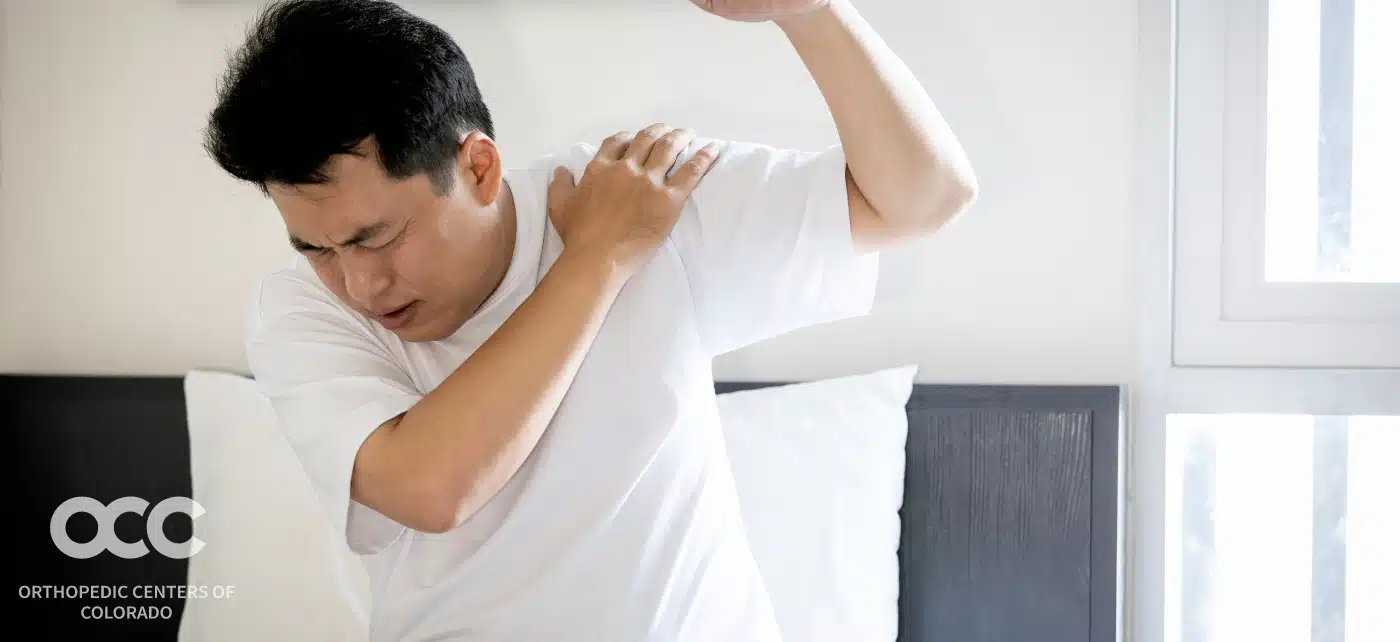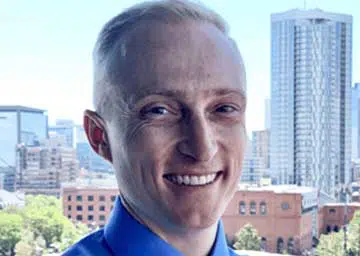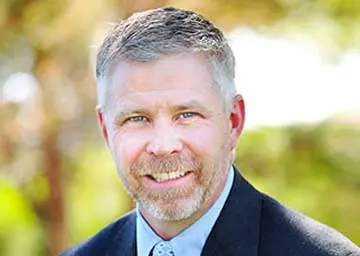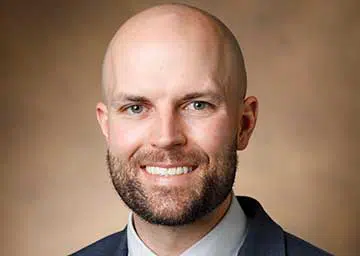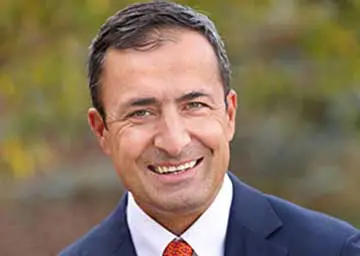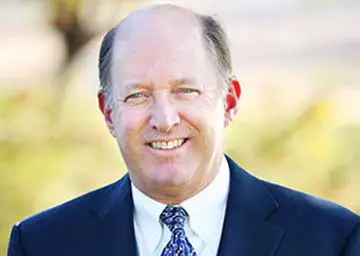Painful shoulder conditions, such as shoulder arthritis and rotator cuff tears, are common. Treatments like medications, physical therapy, and steroid injections can help, but sometimes a surgical option like a reverse total shoulder replacement is the best way to provide long-lasting pain relief. The first step to take is to get a proper diagnosis and the treatment that will most help you, and the place you can trust to get the best, is at Advanced Orthopedic & Sports Medicine Specialists in Denver, Parker, or Aurora, Colorado. No one needs to live with shoulder pain.
OVERVIEW
As advanced technologies continue to evolve, there are now treatments for shoulder conditions that previously couldn’t be fixed. One of the fastest-growing segments of shoulder surgery is reverse total shoulder replacement. Reverse total shoulder replacements were originally designed in the 1980s in Europe. The Food and Drug Administration (FDA) approved their use in the U.S. in 2003. It is now estimated that approximately 80,000 reverse total shoulder replacements are performed each year in the U.S. Reverse total replacement surgery can be extremely beneficial for the right type of patient.
ABOUT THE SHOULDER
The human shoulder is the most mobile joint in the body. This mobility provides the upper extremity with a tremendous range of motion, such as adduction, abduction, flexion, extension, internal rotation, and external rotation. The three bones in the shoulder are the shoulder blade (scapula), collarbone (clavicle), and upper arm bone (humerus). The shoulder joint also called the glenohumeral joint, is formed where a ball (head) at the top of the humerus fits into a shallow cuplike socket (glenoid) in the scapula, allowing a wide range of movement. Because the socket of the shoulder is shallow, the joint relies on surrounding soft tissues to support it and hold the components in place. Many of these soft tissues surround the joint to form a protective capsule lined with a thin membrane called the synovium. The synovium produces a fluid (synovial fluid) to cushion and lubricate the joint. The shoulder joint allows one to complete tasks with the arm, like reaching for items on a tall shelf or throwing a ball.
WHAT IS A REVERSE TOTAL SHOULDER REPLACEMENT?
A reverse shoulder replacement is much like a traditional shoulder replacement in that both techniques involve replacing the natural degenerated bone and cartilage with plastic and metal components. This type of surgery is also called reverse arthroplasty. “Arthro” means joint, “plasty” means to mold surgically. It is called a reverse total shoulder arthroplasty because the ball and socket are “reversed” when the new joint is placed. The original socket is replaced with a metal ball, and the original ball is replaced with a highly engineered plastic socket. The new shoulder pieces will fit together like one’s natural shoulder. The new components allow the shoulder to move freely and pain-free. This special type of replacement surgery changes the biomechanics of the shoulder by allowing the deltoid muscle to stabilize and move the shoulder joint instead of the original rotator cuff muscles.
WHAT CONDITIONS WARRANT A REVERSE TOTAL SHOULDER REPLACEMENT?
- A completely torn rotator cuff that cannot be repaired
- Cuff tear arthropathy
- Shoulder arthritis
- A previous shoulder replacement that was unsuccessful
- Severe shoulder pain and difficulty lifting your arm away from the side or over the head
- A complex fracture of the shoulder joint
- A chronic shoulder dislocation
- A tumor of the shoulder joint
SYMPTOMS
The most common symptoms that affect the shoulder joint include pain that worsens at night or when resting the arm, muscle stiffness and weakness, skin discoloration or bruising, swelling, pain with movement, or an inability to rotate or raise the arm through a normal range of movement. There may be a clicking, popping, or grinding sensation when moving the arm. The shoulder may also feel loose like it could pop or slide out of place. For fractures and dislocations, the shoulder may also appear deformed.
NON-SURGICAL TREATMENTS
In all cases, the first course of treatment should be conservative measures such as:
- Activity modification
- Physical therapy
- Chiropractic care
- Cortisone injections
- Immobilization of the shoulder with a brace or sling
- Over-the-counter medications like ibuprofen, naproxen, and acetaminophen to help with pain
- Stronger prescription medication, if required
WHEN IS SURGERY INDICATED?
Reverse total shoulder replacement may be recommended for a completely torn rotator cuff that cannot be repaired, cuff tear arthropathy, or a previous shoulder replacement that was unsuccessful. It may also be an option if conservative measures fail to relieve pain. Other common surgery indications include severe shoulder fractures or a suspected tumor.
GETTING THE RIGHT DIAGNOSIS. GETTING THE RIGHT DOCTOR.
The overriding goal of the orthopedic experts at Advanced Orthopedics in Denver, Parker, or Aurora, Colorado, is to help you regain full strength, mobility, and relief from pain. Understanding the actions that may have led to your injury is important when developing an effective treatment strategy. X-rays and examinations are typically all that is needed to diagnose shoulder arthritis associated with a rotator cuff tear. Occasionally, a CT scan or MRI may be ordered to confirm the diagnosis or to evaluate bone wear. Typically, the ball will demonstrate instability in the superior direction since the rotator cuff is not there to provide stability. There may also be evidence of wear on the acromion (the bone on the top of the shoulder). Whatever it takes, you can count on the experienced professionals at Advanced Orthopedics not just to deliver the best care but to help you improve your quality of life.

